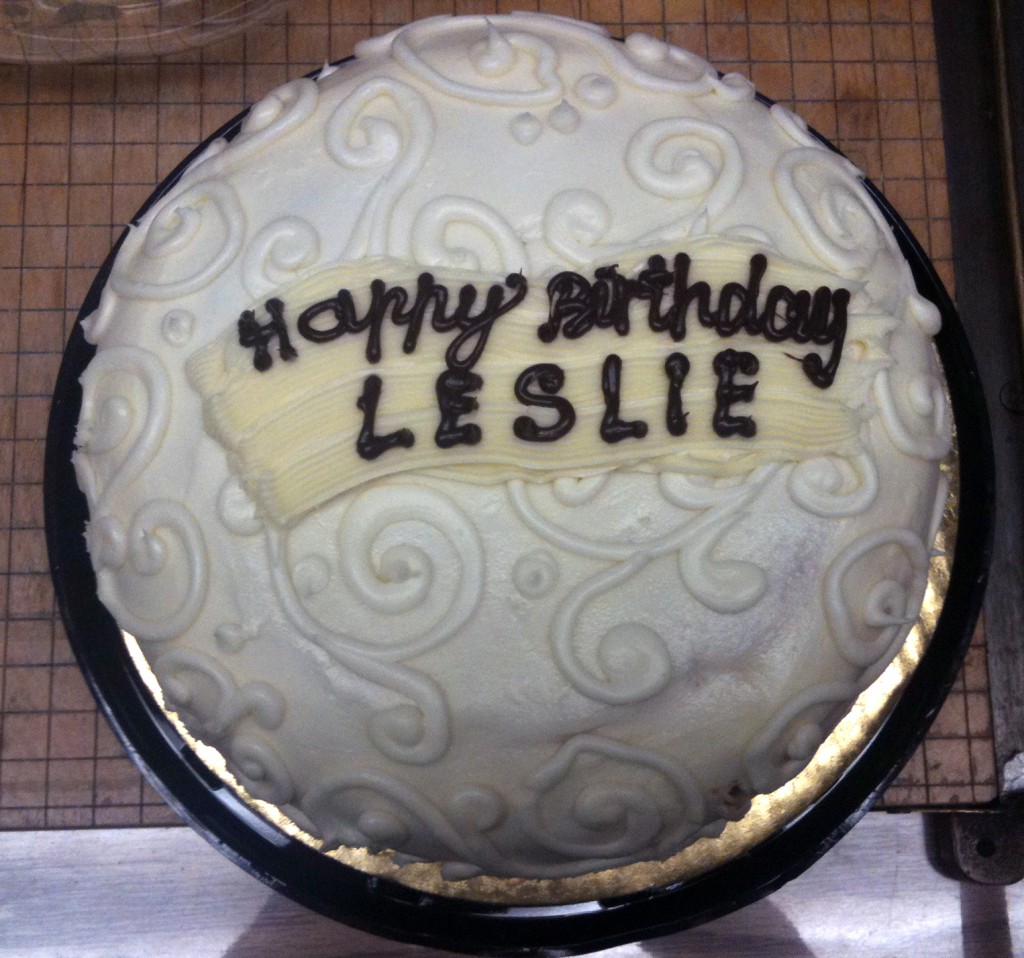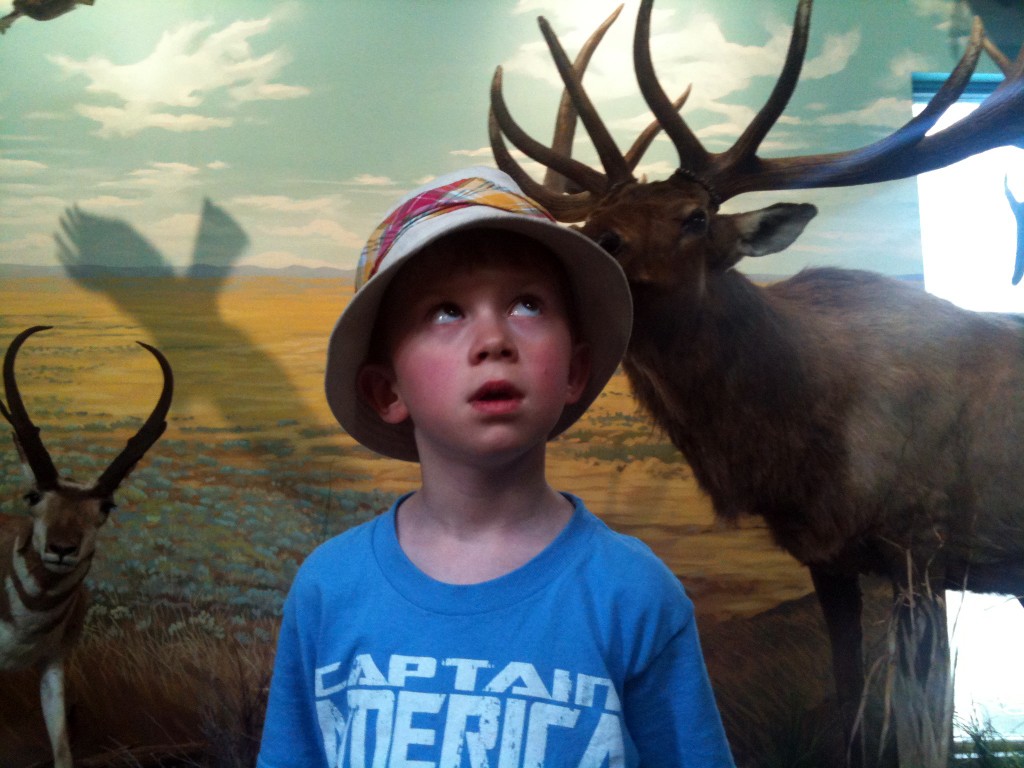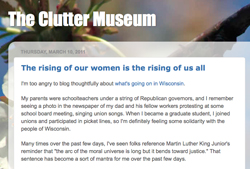I save all my best illnesses for the late spring and early summer, apparently.
There was the time I caught the flu–a really bad flu that almost killed me–in July. (Now I get flu shots every year.)
Whooping cough hit me in late May. (I recently had the vaccine for that, too.)
Yet apparently I have not been vaccinated for the bacteria flourishing in my right lung this week.
That’s right, friends–I’ve managed to get pneumonia. This is a new low, even for my lungs, which like to throw out the welcome mat for any passing bacteria or virus.
Sunday afternoon was bad. Yesterday was worse. Fang took me to the urgent care clinic in the morning, and when a breathing treatment didn’t raise my blood oxygen, the PA ordered a chest x-ray. And thus I added a new word to my (thankfully slim) personal medical vocabulary: infiltrates!*
Today the antibiotics appear to have kicked in a bit, and I can sit up in a chair. I decided to water our little garden, and that about exhausted my energy.
Tomorrow I hope to be able to stand up for five minutes–in a row! Wish me luck. . .
*Other terms I wish I didn’t know: triiodothyronine, thyroxine, thyroid-stimulating hormone, propylthiouracil, iodine-131, propranolol (see iodine-131), levothyroxine. Share your own “faves” in the comments. . .





